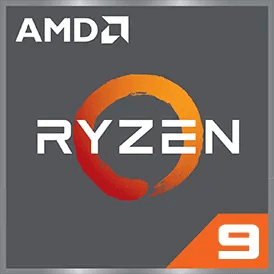AMD Ryzen AI 9 HX 370 VS Intel Core Ultra 9 288V
Nous avons comparé deux processeurs : AMD Ryzen AI 9 HX 370 avec 12 cœurs 5.1GHz et Intel Core Ultra 9 288V avec 8 cœurs 5.1GHz. Ici, vous trouverez quel processeur est meilleur dans les benchmarks, les spécifications clés, la consommation, et bien plus encore.
Principales différences
AMD Ryzen AI 9 HX 370: Avantage
- Consommation d’énergie réduite
- Nombre de cœurs plus élevé (12 vs 8)
- Nombre de threads plus élevé (24 vs 8)
- Plus de lignes PCIE (16 vs 8)
- Puissance monocœur plus élevée
- Puissance multicœur plus élevée
Intel Core Ultra 9 288V: Avantage
- Dernière version PCIE (4 vs 5)
- Plus de lignes PCIE (16 vs 8)
Benchmarks
Cinebench 2024 Single Core
-
-
Cinebench R23 Single Core
2010
-
Cinebench R20 Single Core
-
-
Geekbench 6 Single Core
3021
2901
Geekbench 5 Single Core
-
-
Passmark Single Core
-
-
Cinebench 2024 Multi Core
-
-
Cinebench R23 Multi Core
23302
-
Cinebench R20 Multi Core
-
-
Geekbench 6 Multi Core
20400
11048
Geekbench 5 Multi Core
-
-
Passmark Multi Core
-
-
AMD Ryzen AI 9 HX 370
VS
Intel Core Ultra 9 288V
Paramètres généraux
| Q2 2024 | Date de sortie | Q3 2024 |
| AMD | Fabricant | Intel |
| Laptop | Type | Laptop |
| X-86-64 | Jeu d'instructions | X-86-64 |
| Zen 5 (Strix Point) | Architecture de base | Lunar Lake |
| AMD Ryzen AI 9 HX 370 | Numéro de processeur | Intel Core Ultra 9 288V |
| FP8 | Socle | |
| No | Graphiques intégrés | No |
Emballer
| 4 nm | Processus de fabrication | 3 nm |
| FP8 | Socle | |
| 15 W | Consommation d'énergie | 30 W |
| 54 W | Consommation maximale du turbo | 30 W |
| 100ºC | Opération de pointe | 110ºC |
Performances du processeur
| 12 | Noyaux de performances | 4 |
| - | Performance des fils | - |
| - | Fréq. Base principale | - |
| 5.1GHz | Fréq. Noyaux principaux Turbo | 5.1GHz |
| 8 | Noyaux efficaces | |
| 16 | Noyaux efficaces | 0 |
| Fréquence de base du noyau secondaire | ||
| Noyaux secondaires à fréquence turbo | 3.7GHz | |
| 12 | Nombre total de cœurs | 8 |
| 24 | Nombre total de discussions | 8 |
| 100 MHz | Fréquence des bus | |
| Multiplicateur | ||
| 64 K per core | Cache L1 | |
| 1 MB per core | Cache L2 | 14MB |
| 24 MB shared | Cache L3 | 12MB |
| Sí | Multip. | No |
Paramètres de mémoire
| DDR5-5600,;LPDDR5X-7500 | Type de mémoire | LPDDR5X-8533 |
| 256GB | Mémoire maximale | 16GB |
| 2 | Nombre maximum de canaux | 2 |
| 89.6 GB/s | Bande passante | 136.5GB/s |
| no | Prise en charge de la mémoire ECC | no |
Paramètres de la carte graphique
| yes | Graphiques intégrés | yes |
| Fréquence de base du GPU | 600MHz | |
| 2900 MHz | Fréquence maximale | 2000MHz |
| 1024 | Shaders | 1024 |
| 0 | unités de texture | 0 |
| 0 | Unités ROP | 0 |
| 16 | Unités d'exécution | 64 |
| Consommation d'énergie |
Recueil
| 4 | Version PCIE | 5 |
| 16 | Lignes PCIE | 8 |
Acheter AMD Ryzen AI 9 HX 370 soit Intel Core Ultra 9 288V
Comparaisons associées
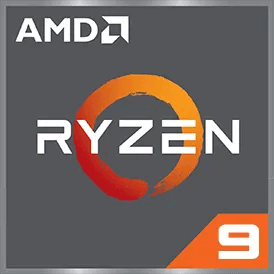
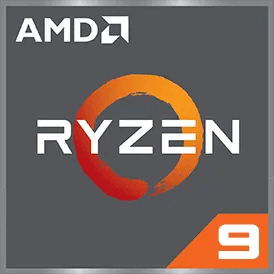
AMD Ryzen AI 9 365 vs AMD Ryzen AI 9 HX 370
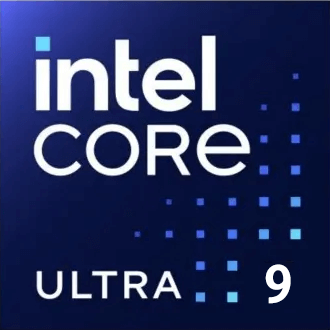
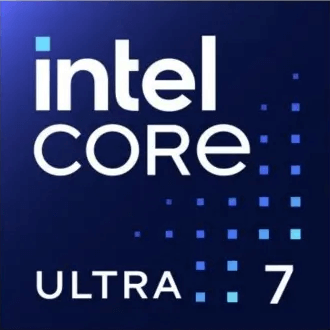
Intel Core Ultra 9 288V vs Intel Core Ultra 7 268V

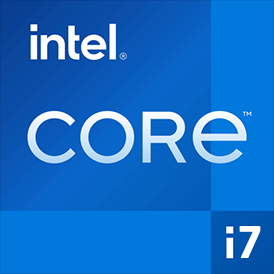
Intel Core Ultra 9 288V vs Intel Core i7-12700H
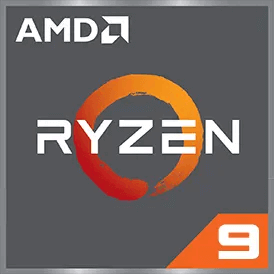

AMD Ryzen AI 9 HX 375 vs AMD Ryzen AI 9 HX 370

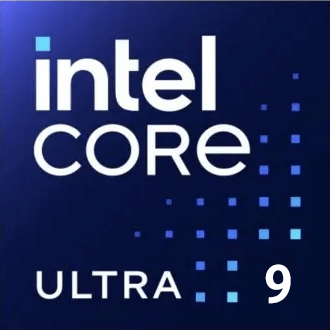
AMD Ryzen AI 9 HX 370 vs Intel Core Ultra 9 185H
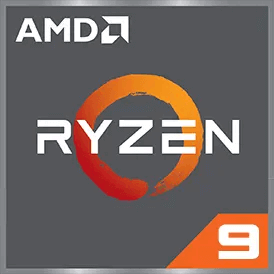

AMD Ryzen 9 7945HX vs AMD Ryzen AI 9 HX 370

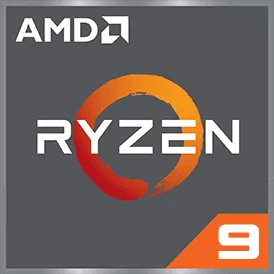
AMD Ryzen AI 9 HX 370 vs AMD Ryzen 9 7940HS


AMD Ryzen AI 9 HX 370 vs Intel Core Ultra 9 288V

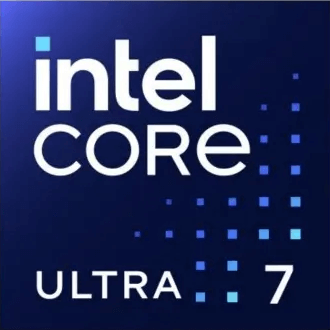
AMD Ryzen AI 9 HX 370 vs Intel Core Ultra 7 155H

